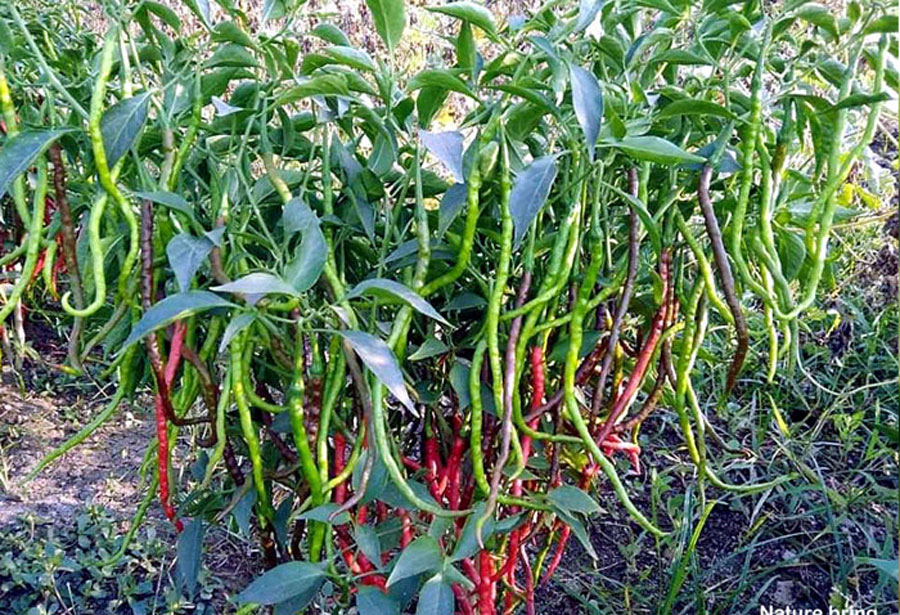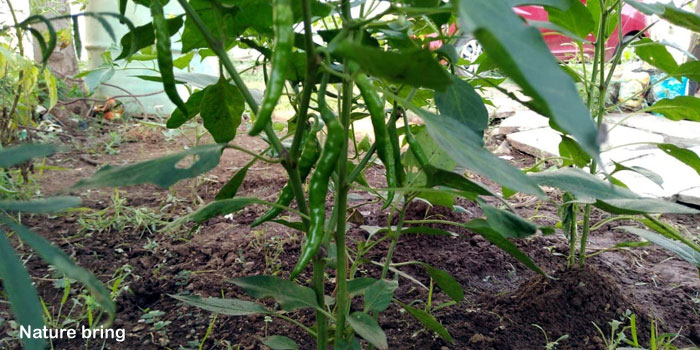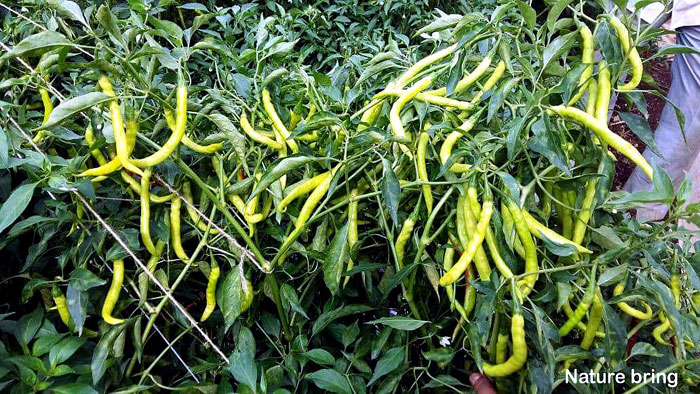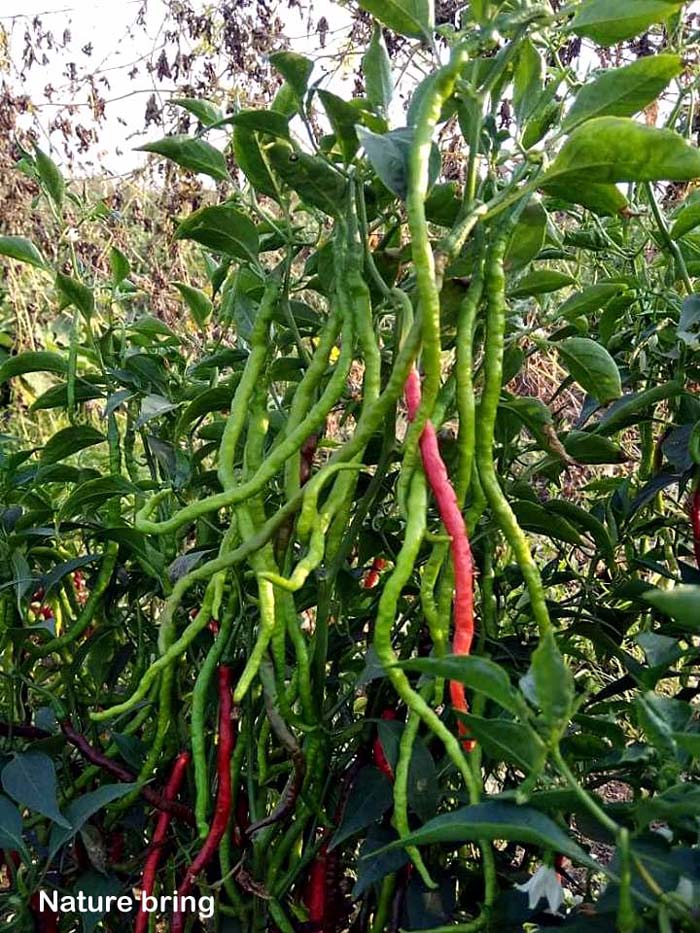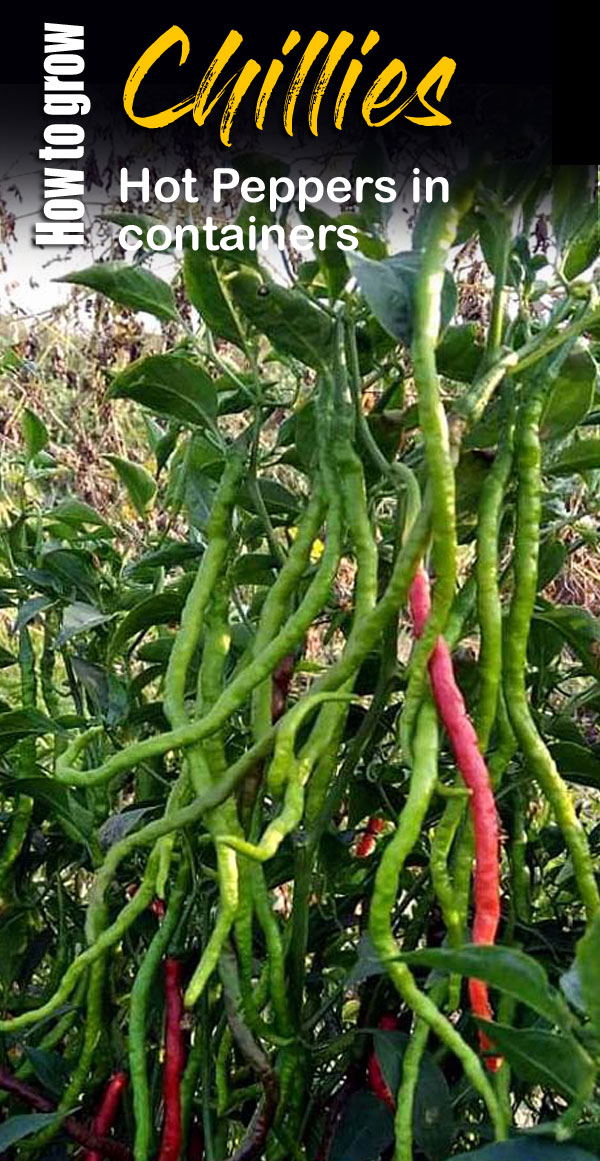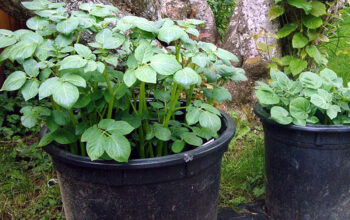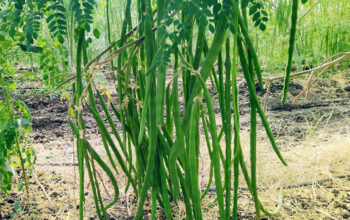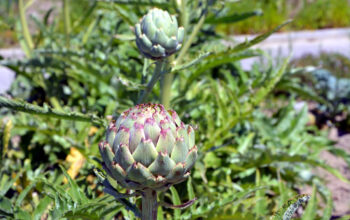Growing chillies (Hot Pepper)
Chilies are planted after the last frost when the weather starts to warm. In the weather, you can put it on the Indoor. The seedling should be done at night and keep it protected sunny spot during the day. Different peppers are used in many ways to eat, salsa, pickles, chutneys, vegetables, sauces soups, and many other things are used in very large amounts.
*For all peppers, the long and warm growing season gives priority to the weather. The taste of these pepper plants is so hot that tears in the eyes.
Overview chillies
Scientific name Capsicum annum
Common name Pepper
plant type Vegetable
Sun requires Full Sun
Soil Rich soil/ acidic soil
Soil pH 6.0-6.8
Zone 3-10
How to Grow Chillies
Best Soil and location for chillies
Hot peppers like rich soils, so use the potting mix for the planting or add plenty of fertilizers to the common soil. if the presence of soil helps in the boost of the plant. Seaweed is a very good fertilizer which makes it spicy and bigger.
It does not depend on which type of plant you are planting because pepper plants prefer hot environments. After the end of the last cold, transplant young plants. If the weather is still cool, wait a few more days. Keep it inside the house. Hot peppers are also commonly grown like Sweet Peppers. Pepper plants prefer full sun, so check the location before planting them.
Growing from seeds
Hot peppers like the warm weather, choose the type of hot pepper that you want to grow based on summer. Chili Pepper seeds take a long time to germinate. The best time to apply the peppers is 6 to 10 weeks before the last frost when there is no hot climate. In most areas it is freezing to start seed in the ground, in this case, you can start it in the container inside the house.
Spacing
Chili pepper seed ¼ to half an inch deep, 18 to 24 inches apart, depending on its species. Place the space between the rows 24 to 36 inches. Keep the three seeds in one pit and a thin seedling. When the plants grow 4 to 6 inches tall then implant it.
Water your chili plants
Pepper plant requires a lot of water, from the beginning of the plantation to the end of the season, it requires a moderate water supply. However, the Pepper plant does not like the soil in which the waterlogged. This plant needs moisture, add some organic material to the soil when planting to maintain moisture. Use mulch to prevent evaporation during the summer season.
Fertilize your hot peppers
Add 5-10-10 fertilizer to the soil before transplanting the plant. 5-10-10 Fertilizers lightly sprinkle when flowering occurs in the plant. Add organic compost, if you use commercial fertilizer, choose which contains a high quantity of phosphorous and potassium, and reduces the amount of nitrogen, it strengthens the plant and produces good results.
Pollination
Hot Peppers are themselves pollinators, sometimes they become pollinated by bees and insects. If you want to preserve the next year’s seed then do not keep the different varieties close together, this will reduce the chances of cross-breeding. Chilli plant contains both flowers, female, and male, hence the peppers themselves pollinators. However, air, bees, and insects are also helpful in pollination.
Temperature
Planting time is good all day. When the day temperature is 65 to 80 degrees Fahrenheit, this temperature is the most ideal for the growth of this plant. This is a good time for chili transplantation.
*This USDA map divides the country into PLANT HARDINESS ZONES based on average lowest winter temperatures. See details. zone map
How to care for Chilli plant
- Planting time is good all day. When the day temperature is 65 to 80 degrees Fahrenheit, this temperature is the most ideal for the growth of this plant. This is a good time for chili transplantation.
- Hot peppers are shallow-rooted plants. So do careful farming around the pepper.
- The pepper plant needs moisture to develop. To keep moisture left, add mulch all around the tree.
- Remove all the weeds developed around the pepper plant.
- High temperatures and wind damage to flowers. If you are planted in a container you can shift it to a safe place.
- Plastic mulch increases the yield of pepper. Organic compost mulches are less than weeding and watering, but there is no yield.
Pests and disease hot pepper
Usually no problem with the chilly pepper. However, insects living on tomatoes potatoes, or eggplant sometimes attack. But if you take precautions from the beginning, then problems can be avoided. Use organic pesticides to eliminate common pests. Caterpillars, such as cutworms, tomato hornworms, and borers, can also cause major damage to it. Pepper maggots and weevils, leaf miners, flea beetles, and aphids, Etc. can also attack.
Resistant pepper varieties, especially if anthracnose, mosaic, bacterial spots, etc. are its major diseases. Please consult a Garden Expert to avoid it. Keep the garden free of weeds, weeds provide shelter for garden diseases, it can spread fungi and viruses too.
Harvesting chillies
Chili peppers mature during 60 to 65 days of sows. On the maturity of the hot pepper, green becomes red. But some people use green peppers and harvest them before they become red. Use a sharp knife to harvest the peppers, if you pull peppers from the plant, it can damage tree branches. Pepper crops can last for one to three months.
Varieties of chilli pepper
There are many varieties of hot peppers in which lovers are prominent cayenne, habanero, jalapeno, cherry bomb, Anaheim, tabasco, paprika, Thai, chili, ghost, and serrano.
Hot Peppers varieties of hot environments can also bloom in the shed, but the smaller and thinner varieties grow much better. The small variety of peppers also matures very rapidly, when the summer is very short. The color of peppers changes from green to yellow, orange, or red, they keep improving vitamins and flavors dramatically in their own way.
Read also
Growing Chili pepper in containers. How to grow Black peppers. Growing and caring bell peppers. How to make chilli paneer.

